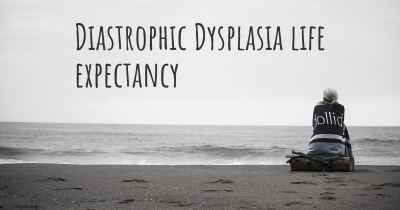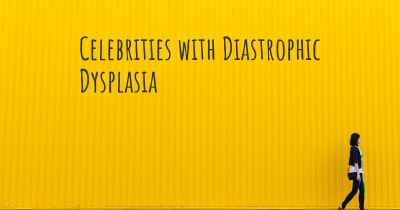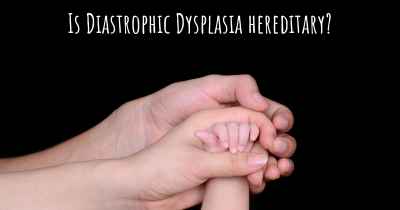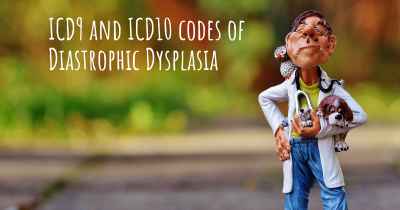What is the history of Diastrophic Dysplasia?
When was Diastrophic Dysplasia discovered? What is the story of this discovery? Was it coincidence or not?
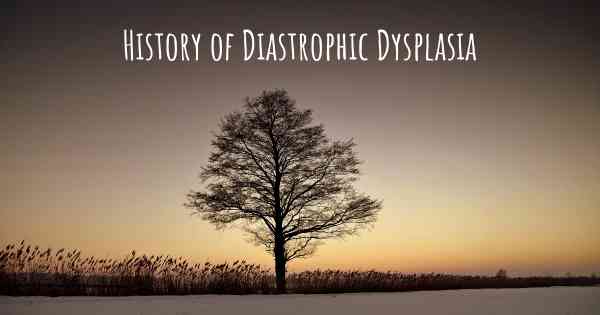
Diastrophic Dysplasia is a rare genetic disorder that affects bone and cartilage development, resulting in short stature and various skeletal abnormalities. It was first described in 1960 by Finnish physician Dr. Jarvi L. Lamy, who named the condition "diastrophic" due to the Greek roots meaning "twisted" and "formation." Since its discovery, significant progress has been made in understanding the causes, symptoms, and treatment options for this condition.
Discovery and Early Research
Dr. Lamy initially encountered patients with Diastrophic Dysplasia in the isolated Finnish population. He observed a distinct pattern of skeletal abnormalities, including short stature, joint deformities, and cleft palate. Recognizing the uniqueness of these cases, he conducted further investigations and published his findings in medical journals, bringing attention to this previously unknown condition.
Genetic Basis
Further research revealed that Diastrophic Dysplasia is caused by mutations in the SLC26A2 gene, also known as the diastrophic dysplasia sulfate transporter (DTDST) gene. This gene provides instructions for producing a protein that is essential for the normal development of cartilage and other tissues in the body. Mutations in the SLC26A2 gene disrupt the production or function of this protein, leading to the characteristic skeletal abnormalities seen in Diastrophic Dysplasia.
Prevalence and Inheritance
Diastrophic Dysplasia is a rare condition, with an estimated prevalence of 1 in 100,000 to 1 in 1,000,000 births worldwide. It is inherited in an autosomal recessive manner, meaning that both parents must carry a copy of the mutated gene for their child to be affected. Individuals who inherit one copy of the mutated gene are carriers and typically do not show any symptoms of the condition.
Clinical Features
The clinical features of Diastrophic Dysplasia can vary widely between individuals, even within the same family. The most prominent characteristic is short stature, with affected individuals typically reaching a final height of around 3 to 4 feet. Other skeletal abnormalities may include joint contractures, scoliosis, clubfoot, and a hitchhiker thumb deformity.
Medical Management and Treatment
There is currently no cure for Diastrophic Dysplasia, but various medical interventions can help manage the symptoms and improve quality of life for affected individuals. Early intervention is crucial and may involve physical therapy, orthopedic interventions, and surgical procedures to correct joint deformities or spinal abnormalities. Assistive devices such as braces, crutches, or wheelchairs may be necessary to enhance mobility.
Psychosocial Support and Education
Living with Diastrophic Dysplasia can present unique challenges, both physically and emotionally. Therefore, it is essential for individuals and their families to have access to psychosocial support and educational resources. Support groups, counseling services, and educational programs can provide valuable information, guidance, and a sense of community for those affected by this condition.
Advancements in Research
Over the years, advancements in genetic research have deepened our understanding of Diastrophic Dysplasia. Scientists continue to investigate potential therapeutic approaches, including gene therapy and pharmacological interventions, aimed at addressing the underlying genetic cause of the condition. These ongoing efforts hold promise for future treatment options and potential breakthroughs.
Conclusion
Diastrophic Dysplasia is a rare genetic disorder characterized by skeletal abnormalities and short stature. Since its discovery in 1960, significant progress has been made in understanding the genetic basis, clinical features, and management of this condition. Ongoing research and advancements in medical science offer hope for improved treatment options and a better quality of life for individuals living with Diastrophic Dysplasia.
